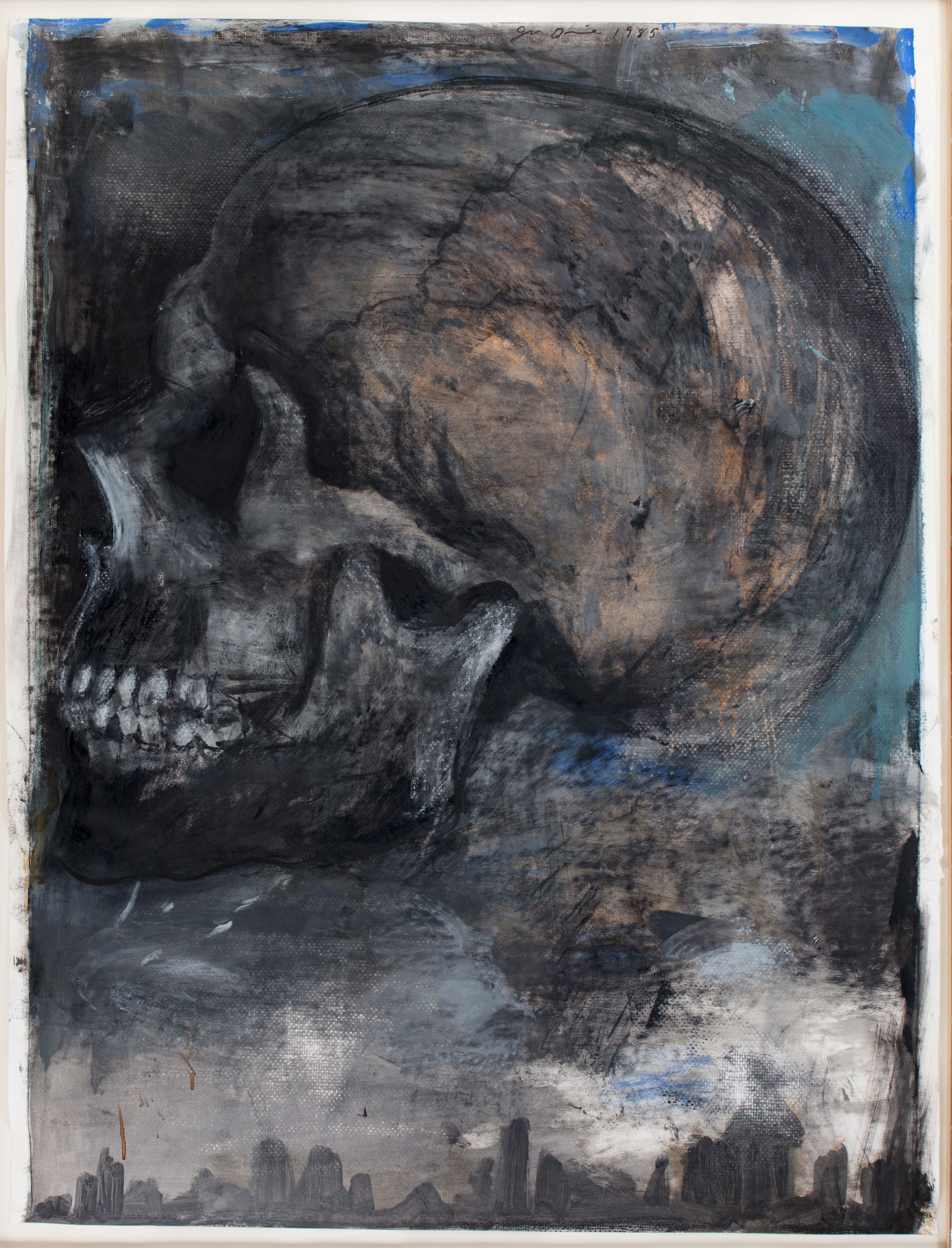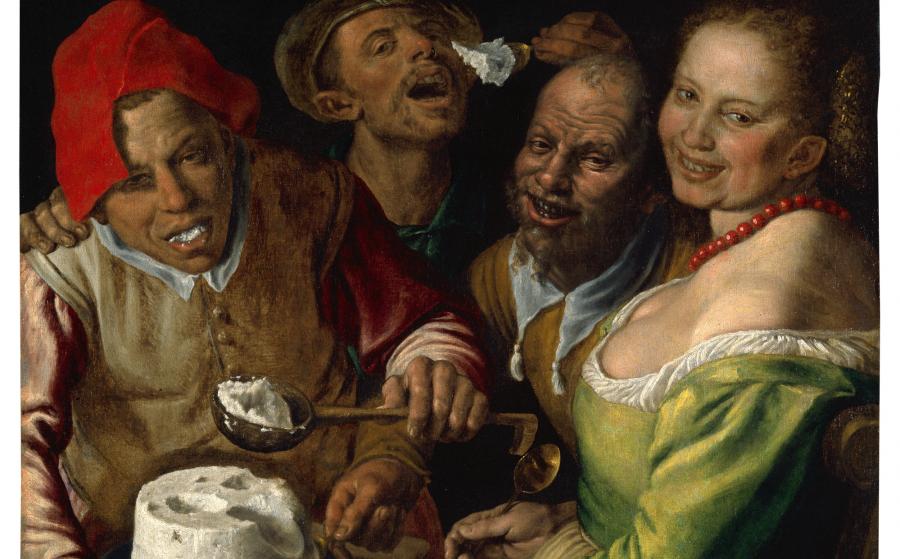
Vanity of vanities, all is vanity

A propos de l’exposition « A la mort, à la vie ! » au musée des beaux-arts de Lyon.
"Vanitas vanitatum, et omnia vanitas". These famous words of Ecclesiastes, in the Bible, perfectly illustrate the exhibition proposed until 7 May at the Palais Saint-Pierre, Musée des beaux-arts de Lyon, entitled "A la mort, à la vie! For as long as artists have been questioning the fragility of earthly existence and representing it from all angles, in all cultures, it is easy to imagine the embarrassment of choice that curator Ludmila Virassamynaïken, curator in charge of the museum's ancient paintings and sculptures, had when she set herself the task of bringing together the rich collections of the Lyon museum with those of a private collection and the museum of contemporary art on this theme.
Prints, engravings, drawings, paintings, sculptures, installations... the exhibition presents the typologies of the vanitas from the end of the 15th century to contemporary art through a selection of nearly 150 works. Although the skull is the undisputed star of the show, it is not the only one to embody the famous "memento mori", or "remember that you will die"! Macabre dances, triumphs of death, genre scenes, still lifes, bouquets of flowers and even animal paintings... everything speaks of the ephemeral. This fascinating journey, in the form of a reflection on human finiteness and its artistic expressions, is structured around different sections inviting us to question the meaning of existence and the passage of time, the vanity of human pretensions to transcend temporal limits, but also to simply admire this celebration by artists of the fragility and therefore the beauty of life.

Jim Dine - Above Fredericksburg
Among the paintings that Richard Leydier chooses to evoke to support his personal reflection in the contemporary artists' magazine Art Press, there is this great work of art by Jim Dine dating from 1985, in which a giant skull seems to fly over a city that one guesses to be American in view of its skyscrapers, in the manner of the plague flying over the medieval cities of the past. But we are especially grateful to the journalist's son who suddenly makes us see Munch's Scream in the cheese ladled from Vincenzo Capi's "Ricotta Eaters", a truculent painting from around 1580, where an abundance of good food seems to do no harm... apparently!

« mangeurs de ricotta » de Vincenzo Capi
Bouquets are a privilege of Lyon, the world capital of the silk industry, which used them as motifs for its fabric designs. Many of the paintings in this exhibition therefore represent floral compositions immortalised by the magic of art, as well as Dutch still lifes. But everyone's days are numbered, including the insects that colonise the flowers, the threatening reptiles and the rotting remains of meals... Once you have understood this, it is time to 'carpe diem', or 'enjoy life while you can'. Because meditating on death is good, but living is better. Because in any case, as the mother of the journalist who summons her entire family to the columns of Art Press so aptly puts it, "in the end, she always wins, that bitch!





































































